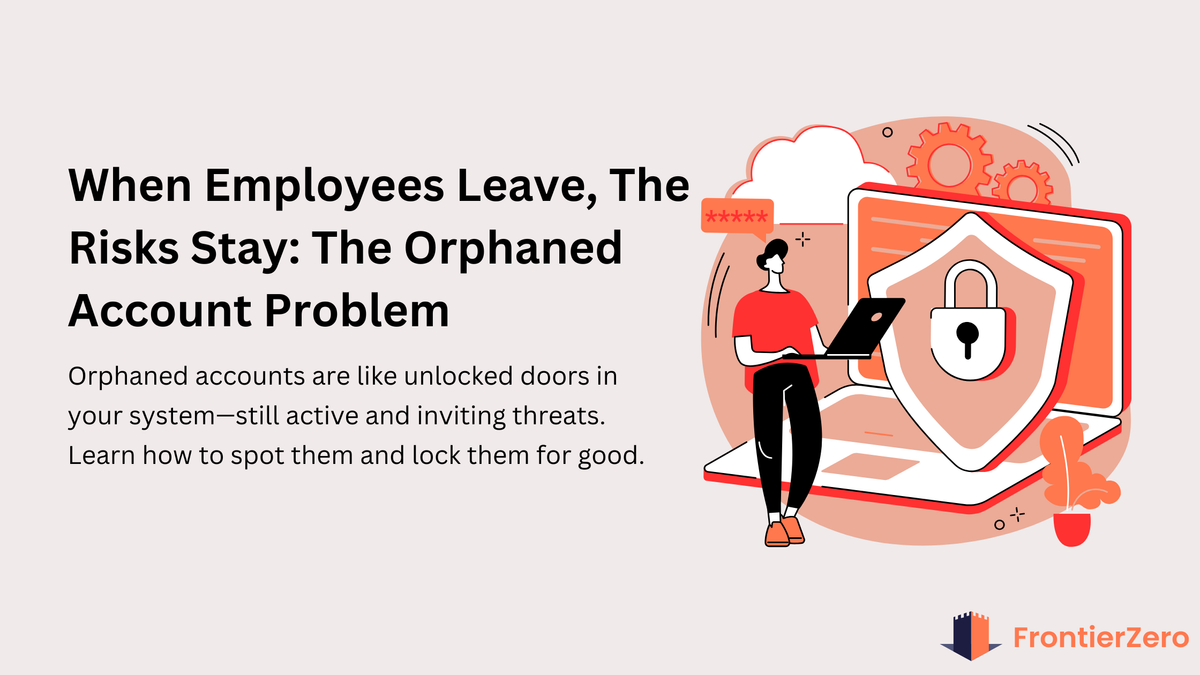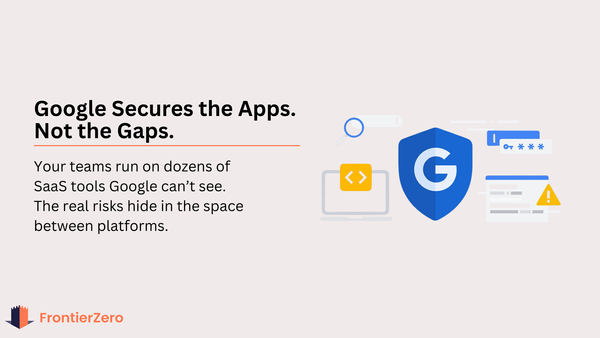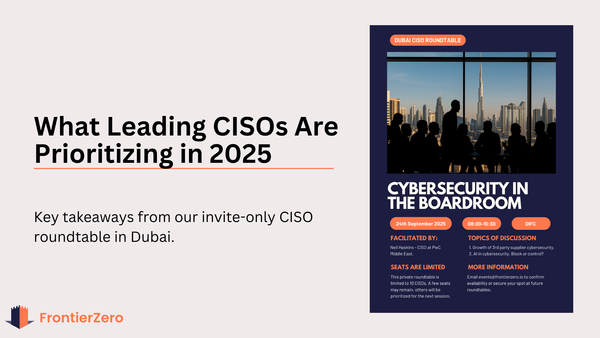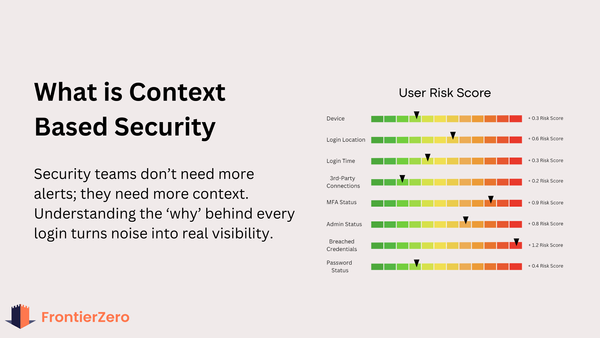How Many Users in Your SaaS Stack Don’t Actually Work There?
Orphaned SaaS accounts are the invisible risk lurking in every organization. Learn how ex-employees, contractors, and automations keep access long after offboarding — and why modern security teams are shifting to identity + context to shut it down.

You revoked the account. You removed the email. So why are they still logging in?
The Hidden Offboarding Gap
Most companies pride themselves on a tidy offboarding checklist:
✅ Deactivate Google or Microsoft accounts
✅ Reclaim corporate devices
✅ Remove the user from Slack, Notion, GitHub, etc.
Done, right? Not even close.
What often gets left behind is more dangerous than an active user — it’s a ghost user you think no longer exists.
These “orphaned identities” often still have:
- OAuth tokens that never expire
- Shared credentials to internal tools
- Access to Slack channels on personal devices
- AI tools quietly syncing cloud data in the background
- Automation scripts calling APIs long after the project ends
How this shows up in the wild:
🚩 A departed finance manager’s Notion account still indexing sensitive payroll docs
🚩 A contractor’s personal Zapier account reading emails from a shared inbox
🚩 An ex-intern’s AI co-pilot syncing HR files weeks after they left — because no one revoked the third-party connection
None of these cases is malicious. But they’re invisible. Unguarded. And they exist in almost every organization.
Why Orphaned Accounts Are So Dangerous
🔒 They’re unmonitored. There’s no active user, so no one’s watching.
🧠 They’re unowned. Shared or service accounts often lack a clear owner.
🎭 They’re trusted. Connected apps were once approved — now they’re forgotten.
🕵️ They’re persistent. OAuth tokens can outlive users, projects, and even entire teams, especially when no expiration is set.
💥 They expand your blast radius. A single orphaned login with access to Slack, Drive, or customer data can quietly undo years of security investment.
Why Offboarding Broke in the SaaS Era
Offboarding processes were built for a different era.
Back when companies ran Active Directory, identity was centralized. Disable a user in AD, revoke access to email, shared drives, VPNs, and you are done.
But today?
Identity is scattered across:
- Google Workspace, Microsoft Entra ID, Okta
- Third-party apps connected via OAuth (many you’ve never even reviewed)
- Personal devices still holding valid access tokens
- Browser extensions, Zapier automations, low-code integrations quietly syncing company data
Users leave your org, but their shadow lingers.
You can deactivate a directory account. You can reclaim a laptop. But unless you see everything they touched, connected, or automated, you’ve only cleared half the board.
That’s how orphaned accounts form. That’s how ghost access persists. And that’s how breaches happen — often without a single password being typed.
How Security-Mature Teams Are Solving It
✅ Audit beyond the IDP. Map all connected apps — even those outside your official stack.
✅ Track tokens. Log and monitor OAuth grants, browser extensions, API keys, and low-code workflows. Kill stale ones proactively.
✅ Map account ownership. Tag every service or shared account to a responsible human owner.
✅ Shift from “user offboarding” to “access offboarding.” Create policies that terminate not just accounts, but everything they connected.
✅ Watch post-departure behavior. Still seeing logins or data flow? Something’s still alive.
This Isn’t About Tools. It’s About Mindset.
If you think account deactivation equals access revocation, you’ve already lost.
Modern SaaS ecosystems are deceptively sticky. They make it easy to connect, but hard to fully disconnect.
Offboarding can no longer be a one-time event. It has to become an ongoing process of visibility, context, and control.
Final Thought
The real question isn’t: “Did we offboard this person?”
It’s: Did we revoke their identity everywhere it lived? Did we cut off access at the source, not just the surface? Did we check if any ghost logins are still active today?
If the answer isn’t a confident yes, you’ve got work to do.
Ready to See — and Shut Down — Your Ghost Access?
FrontierZero helps you go beyond checklists and deactivations.
With our platform, you can:
✅ Map every identity, OAuth token, and third-party connection in your SaaS stack
✅ Detect ghost logins, stale access, and risky automations in real time
✅ See which user credentials are exposed on the dark web — across 20B+ records
✅ Get context, not just logs, so you know where to act
We built FrontierZero for security teams who want clear answers, not just more data.
👉 Start your free trial today and see what’s really happening in your SaaS environment!
No more blind spots. No more guesswork. Just the full picture, delivered in minutes.




